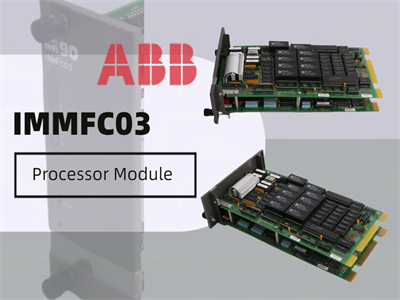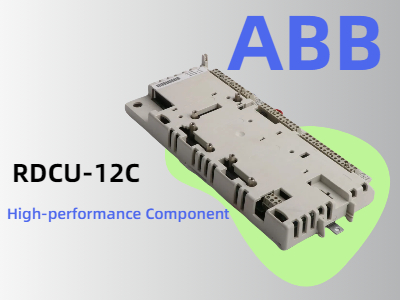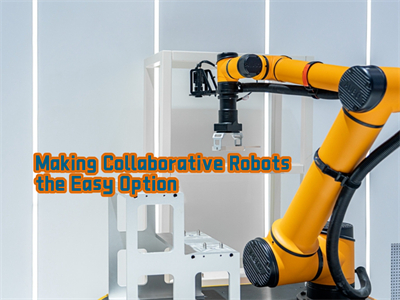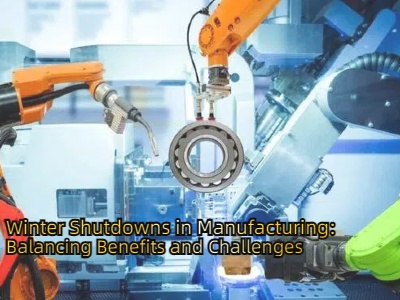The Rapid Evolution of the Electronics Manufacturing Industry: Challenges and Opportunities
The electronics manufacturing industry has undergone significant transformations over recent years, with no indication of slowing down. Advancements in technology are continuously shaping the landscape, driving both innovation and demand across multiple sectors. As our reliance on electronic devices increases, so does the necessity for sophisticated components that power these technologies, leading to a surge in demand for electronic parts.
Several factors contribute to this upward trend. The ubiquity of electronic devices in everyday life, from smartphones to smart home systems, plays a major role. Consumers are constantly seeking more powerful, efficient, and convenient products, pushing manufacturers to innovate at a rapid pace. Meanwhile, the industrial sector is embracing automation, further driving the need for complex electronic components that can streamline processes, enhance productivity, and reduce human error.
Another area seeing a notable uptick in demand is automotive electronics. The automotive industry is undergoing a transformation of its own, with the rise of electric vehicles (EVs), advanced driver-assistance systems (ADAS), and the prospect of fully autonomous vehicles. These advancements require cutting-edge electronics, from high-performance sensors to intricate control systems, creating a boom in the automotive electronics sector.
Despite these exciting opportunities, the electronics manufacturing industry faces several challenges, particularly with the shorter life cycles of products. Today’s fast-paced technological advancements mean that products quickly become outdated as new innovations are introduced. For manufacturers, this translates into shorter product lifespans and more frequent updates, placing additional pressure on production timelines and research and development (R&D) efforts.
Compounding this issue is the fact that many electronic components have short obsolescence cycles. As technology evolves, certain components may no longer be supported or manufactured, forcing companies to frequently redesign products or seek alternative suppliers. This can create supply chain disruptions and increased costs, making it essential for manufacturers to develop strategic approaches to inventory management and long-term sourcing.
Our in-depth industry report delves into these issues and offers valuable insights for companies navigating this rapidly evolving market. From strategies to manage component obsolescence to emerging trends in automotive electronics, the report provides a comprehensive overview of the current state of the electronics manufacturing industry and what lies ahead.
In conclusion, while the electronics manufacturing industry is rife with opportunities, it also presents unique challenges. The demand for electronic components continues to rise, fueled by consumer trends, industrial automation, and automotive advancements. However, manufacturers must be agile and forward-thinking to keep pace with product life cycle challenges and component obsolescence. By staying informed and adapting to these shifts, companies can position themselves for success in this dynamic and competitive market.
 21/02
21/022025
 20/02
20/022025
 20/02
20/022025
 20/02
20/022025
 20/02
20/022025
 18/02
18/022025
 17/02
17/022025
 15/02
15/022025

32D floor, Guomao building, Hubin South Road, Siming District, Xiamen City, Fujian Province, China.


 IPv6 network supported
IPv6 network supported
Our hours
